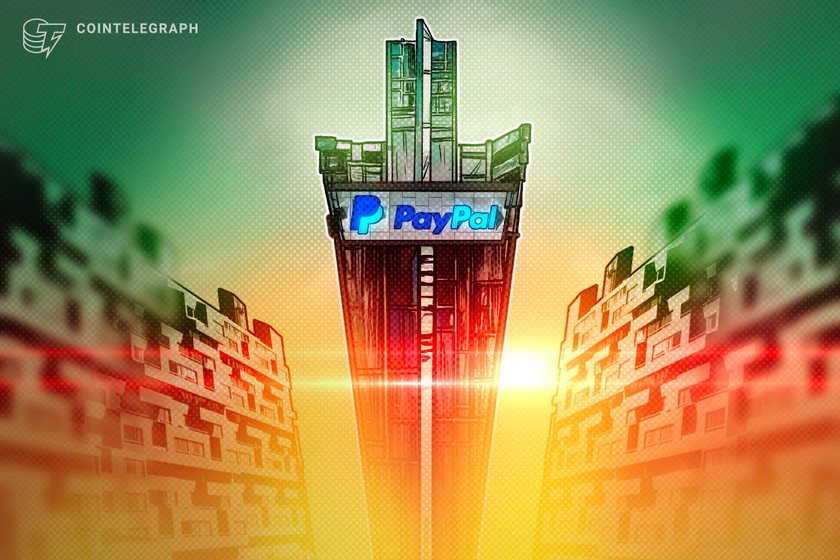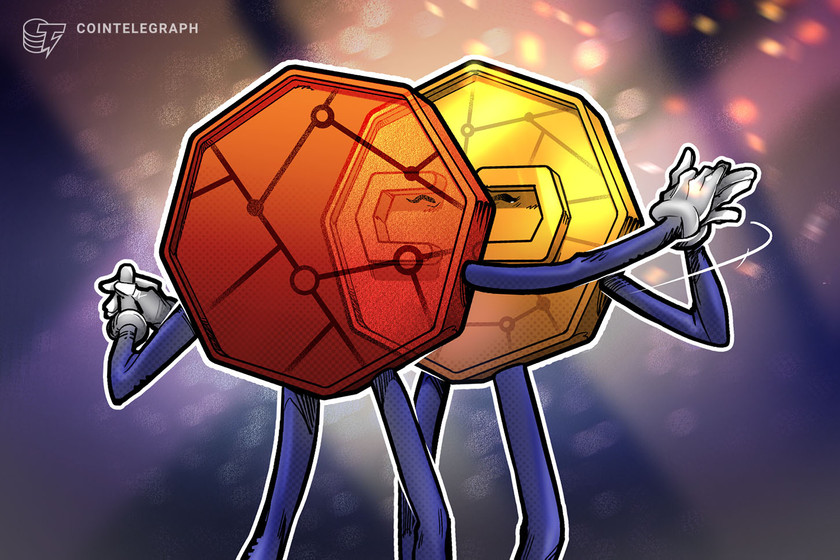Kazakhstan central bank reviews digital tenge pilot successes, next steps


The digital tenge has been used for everything from free school lunches to tokenizing gold, and there’s more to come.
The digital tenge, Kazakhstan’s central bank digital currency (CBDC), has been declared a success following a month-long pilot project. A host of business, regulatory and technical improvements are lined up for it in 2024.
During its pilot run, the digital tenge was used to provide schoolchildren with free lunches in Almaty through the local Onay card, which was originally designed for use in the transit system. The Kazpost postal system operator served as the intermediary for those transactions.
Plastic cards were issued to members of focus groups by four local banks in conjunction with Visa and Mastercard. The cards allowed users to make purchases in person or online and to withdraw cash from ATMs. The participating merchant had the option of accepting digital tenge or converting them to “non-cash” tenge.


























